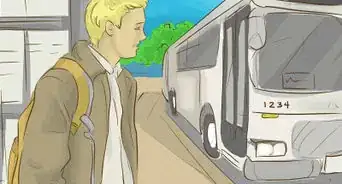This article was co-authored by April Jordan and by wikiHow staff writer, Eric McClure. April Jordan is a Sustainability Specialist and the Founder of The Ethical Edit, a blog dedicated to making ethical fashion and lifestyle changes accessible by sharing easy-to-digest sustainability information and ethical and sustainable brand reviews. With over five years of experience in sustainability and over five years in the marketing and communications field, April is passionate about using her skills to make the world a better place.
There are 15 references cited in this article, which can be found at the bottom of the page.
This article has been viewed 87,003 times.
Your carbon footprint refers to the amount of greenhouse gases you produce through your behavior. While the vast majority of carbon emissions are produced by corporations, you can still help to make the world a better place.[1] Reducing your carbon footprint may sound daunting, but it’s actually fairly easy. Many of the most important changes you can make boil down to really minor lifestyle changes and adopting cleaner technologies.[2] By reducing your carbon footprint, you can rest easy knowing that you’re doing your part to keep our world as healthy and happy as possible.
Steps
Expert Q&A
-
QuestionHow can we recycle more?
 April JordanApril Jordan is a Sustainability Specialist and the Founder of The Ethical Edit, a blog dedicated to making ethical fashion and lifestyle changes accessible by sharing easy-to-digest sustainability information and ethical and sustainable brand reviews. With over five years of experience in sustainability and over five years in the marketing and communications field, April is passionate about using her skills to make the world a better place.
April JordanApril Jordan is a Sustainability Specialist and the Founder of The Ethical Edit, a blog dedicated to making ethical fashion and lifestyle changes accessible by sharing easy-to-digest sustainability information and ethical and sustainable brand reviews. With over five years of experience in sustainability and over five years in the marketing and communications field, April is passionate about using her skills to make the world a better place.
Sustainability Specialist Most cities have a recycling program. If you don’t live in a city with recycling though, you can always take your recycling directly to a recycling plant in your area.
Most cities have a recycling program. If you don’t live in a city with recycling though, you can always take your recycling directly to a recycling plant in your area. -
QuestionHow can we reuse batteries?
 DonaganTop AnswererUse rechargeable batteries.
DonaganTop AnswererUse rechargeable batteries. -
QuestionHow does planting trees assist in reducing the carbon dioxide concentration in the atmosphere?
 Community AnswerTrees remove carbon dioxide from the atmosphere and produce oxygen, giving us cleaner air to breathe.
Community AnswerTrees remove carbon dioxide from the atmosphere and produce oxygen, giving us cleaner air to breathe.
References
- ↑ https://www.theguardian.com/sustainable-business/2017/jul/10/100-fossil-fuel-companies-investors-responsible-71-global-emissions-cdp-study-climate-change
- ↑ April Jordan. Sustainability Specialist. Expert Interview. 22 September 2020.
- ↑ https://www.epa.gov/greenvehicles/greenhouse-gas-emissions-typical-passenger-vehicle
- ↑ https://iopscience.iop.org/article/10.1088/1748-9326/aa7541/pdf
- ↑ https://blogs.ei.columbia.edu/2018/12/27/35-ways-reduce-carbon-footprint/
- ↑ https://www.theguardian.com/environment/2017/jan/19/how-to-reduce-carbon-footprint
- ↑ https://www.eesi.org/papers/view/fact-sheet-the-growth-in-greenhouse-gas-emissions-from-commercial-aviation
- ↑ https://blogs.ei.columbia.edu/2018/12/27/35-ways-reduce-carbon-footprint/
- ↑ April Jordan. Sustainability Specialist. Expert Interview. 22 September 2020.
- ↑ https://www.edmonton.ca/programs_services/garbage_waste/recycling-what-can-i-recycle.aspx
- ↑ https://www.nytimes.com/guides/year-of-living-better/how-to-reduce-your-carbon-footprint
- ↑ https://www.energy.gov/eere/articles/study-environmental-benefits-leds-greater-cfls
- ↑ https://www.nps.gov/pore/learn/nature/climatechange_action_home.htm
- ↑ https://www.nps.gov/pore/learn/nature/climatechange_action_home.htm
- ↑ https://info.ornl.gov/sites/publications/files/Pub41328.pdf
- ↑ https://www.energy.gov/eere/solar/homeowner-s-guide-going-solar
- ↑ https://www.energy.gov/sites/prod/files/2020/01/f70/Guide%20to%20Federal%20Tax%20Credit%20for%20Residential%20Solar%20PV.pdf
- ↑ https://www.nps.gov/pore/learn/nature/climatechange_action_home.htm
- ↑ https://www.nytimes.com/guides/year-of-living-better/how-to-reduce-your-carbon-footprint
- ↑ https://www.nytimes.com/guides/year-of-living-better/how-to-reduce-your-carbon-footprint
- ↑ https://blogs.ei.columbia.edu/2018/12/27/35-ways-reduce-carbon-footprint/
- ↑ https://www.theguardian.com/environment/2017/jan/19/how-to-reduce-carbon-footprint
- ↑ https://www.nytimes.com/guides/year-of-living-better/how-to-reduce-your-carbon-footprint
- ↑ https://www.theguardian.com/environment/2017/jan/19/how-to-reduce-carbon-footprint
- ↑ https://www3.epa.gov/carbon-footprint-calculator/
- ↑ https://blogs.ei.columbia.edu/2018/12/27/35-ways-reduce-carbon-footprint/
About This Article
If you want to reduce your carbon footprint, first make your home more energy efficient by replacing incandescent light bulbs with LEDs, unplugging your electronics when you aren't using them, and putting weather stripping around your windows and doors to insulate your home. Try taking shorter showers and only running the washing machine when it's full, too. Then, to make your eating habits more environmentally friendly, buy local products that don't have to be transported far or even start your own garden. For more tips, including how to reduce your carbon footprint when driving or traveling, read on!

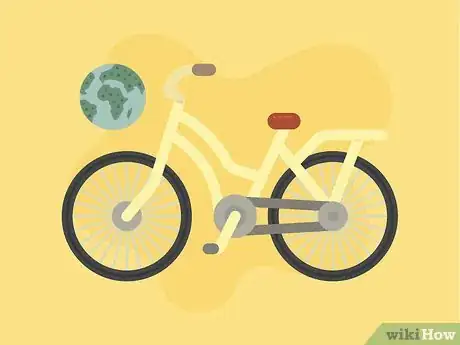

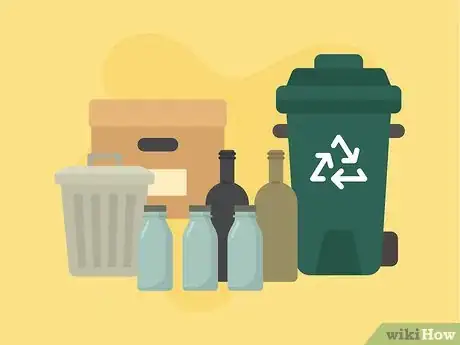

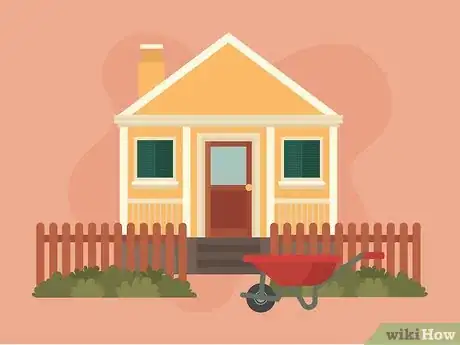
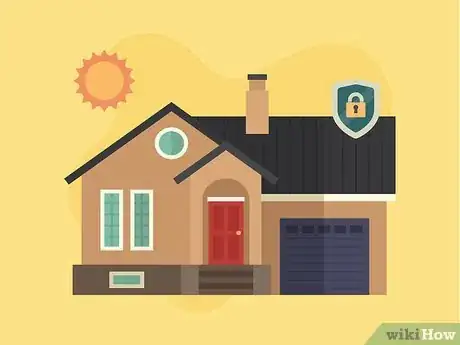
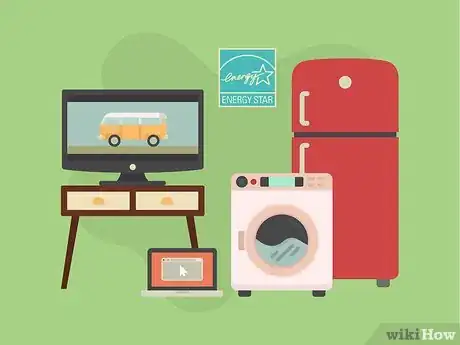

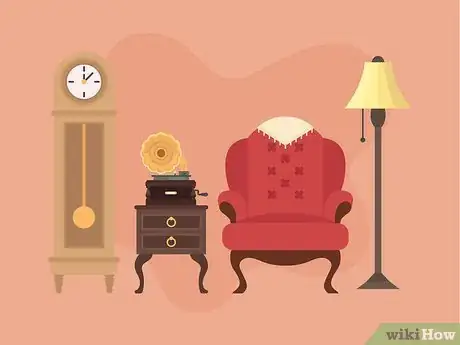
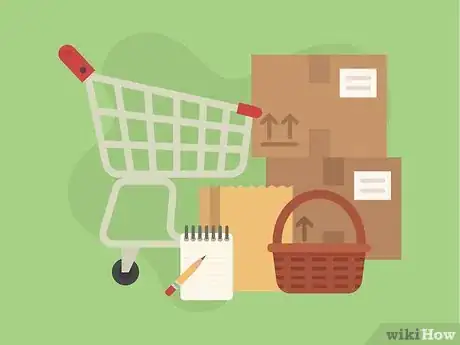




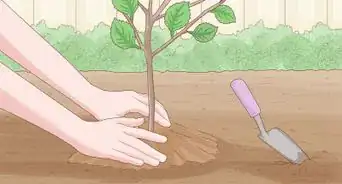


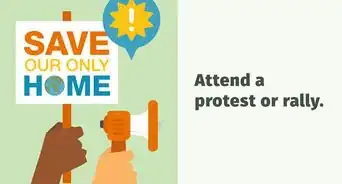
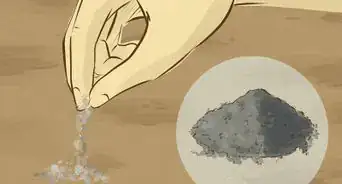
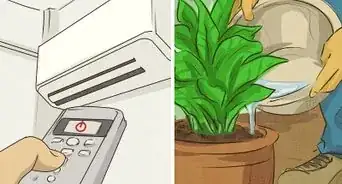
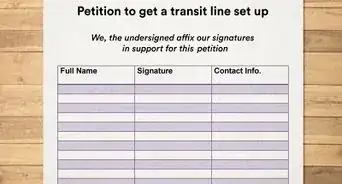
-Step-14-Version-6.webp)
